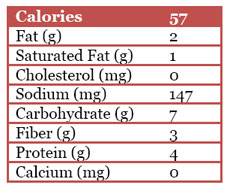Consistency and reliability are the keys to making measurement results as accurate as possible. To help ensure this you were given a “checklist” when you first designed your dotFIT Me Program. Tips such as taking weight and body fat measurements at the same time of day and under the same conditions, using the same method and scale, and having the same person take the measurements each time helps to minimize fluctuations and maximize accuracy in the measurement process.
Following are some additional reasons that may contribute to “non-expected” measurement results:
- Not following your recommended supplement plan
- These recommendations were made to ensure the appropriate level of nutrients to maximize your lean body mass (LBM) gains
- Proper supplementation can ensure feeding of new and current muscle while losing fat
- Certain formulas can increase your training intensity and lead to greater muscle building stimulus
- Certain formulas can enhance recovery or prevent overtraining or a plateau
- Your resistance training program may not be appropriate
- An incorrect body fat measurement may have been provided at your last measurement. If this is the case, take the measurement again to rule out any accidental errors
- Different equipment was used to obtain the measurement
- Consistency is key. Try to take measurements at the same time of day, in the same place using the same scale. Body fat measurements should be taken by the same person using the same method. This will eliminate any tester inconsistencies
- We recommend the use of skin fold calipers for their use of anatomical landmarks and ability to track small changes in body composition
- Some unforeseen factor(s) in your eating or lifestyle has affected your weight and body fat significantly today. Try again tomorrow to see if there’s any change. If not, follow the program’s feedback after each progress check to stay on track to your goal or set a new goal
If you’re tracking weight only
- You may be losing body fat while gaining muscle at close to an equal rate, leading to little change in weight. This is a good thing, so keep adding calories to your daily intake as suggested
- A temporary water fluctuation may have skewed your weight




